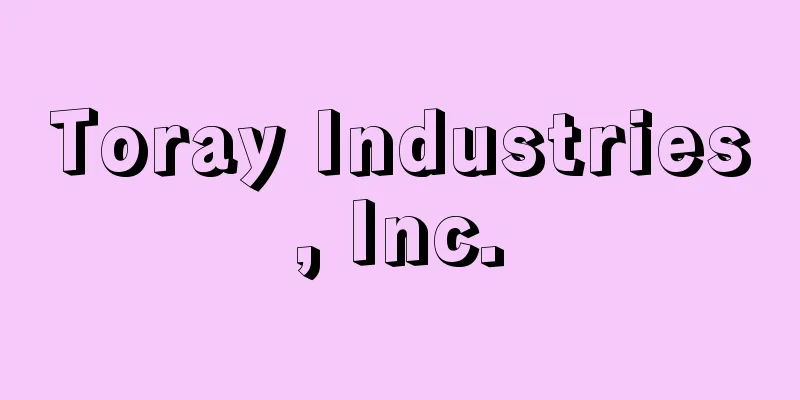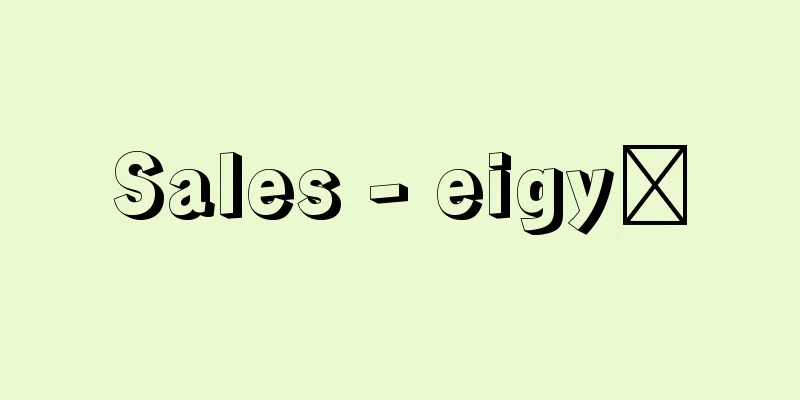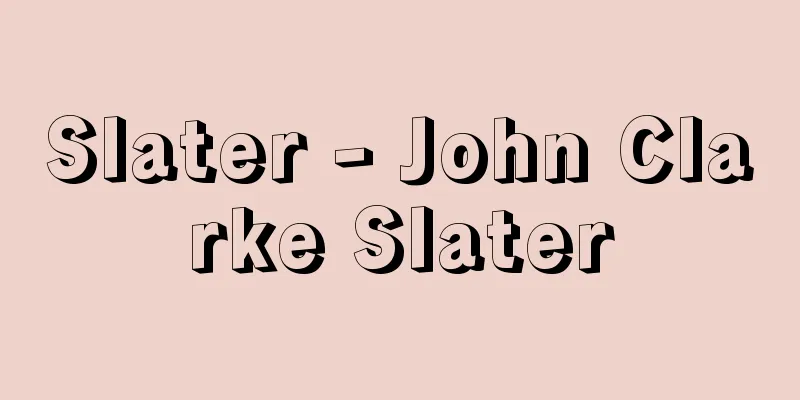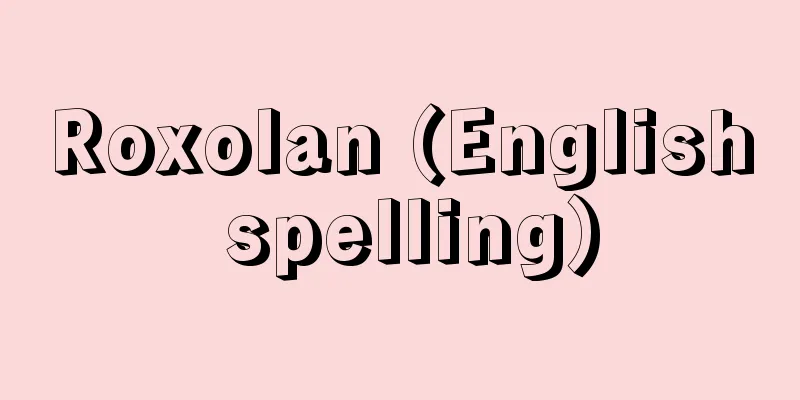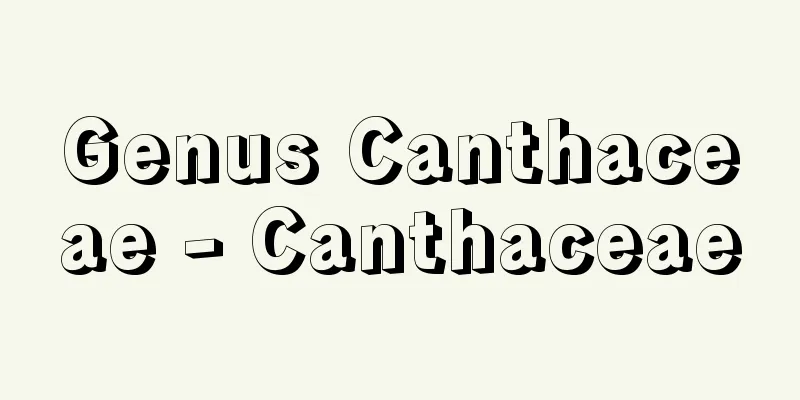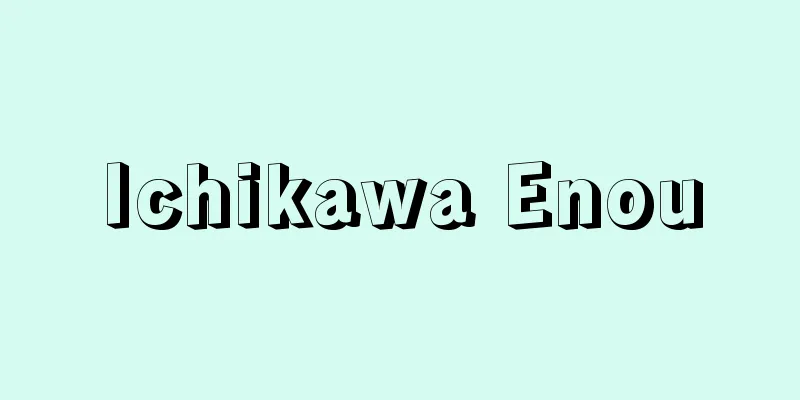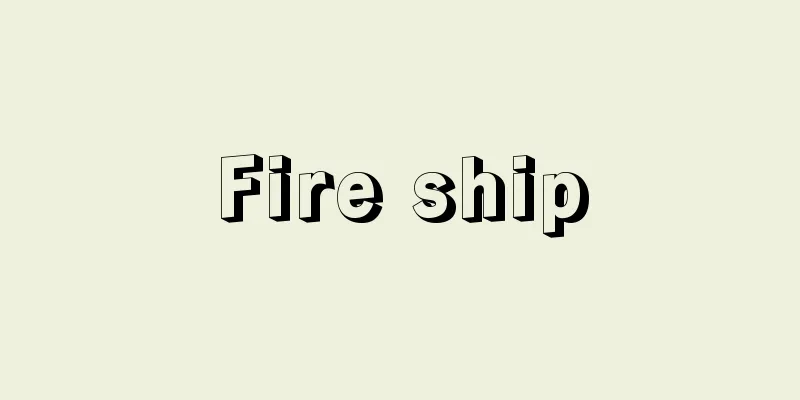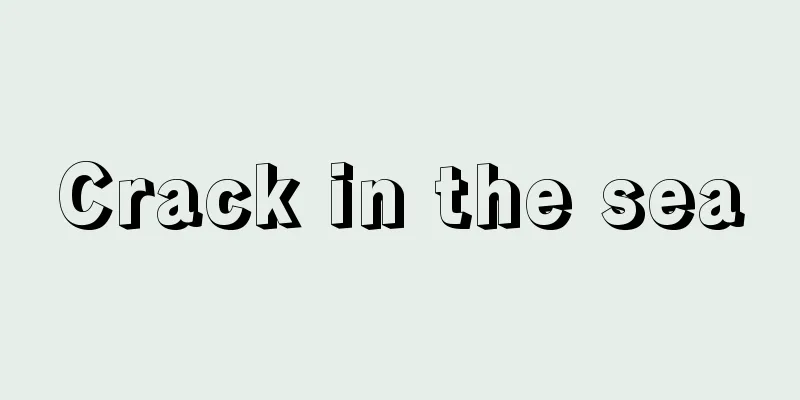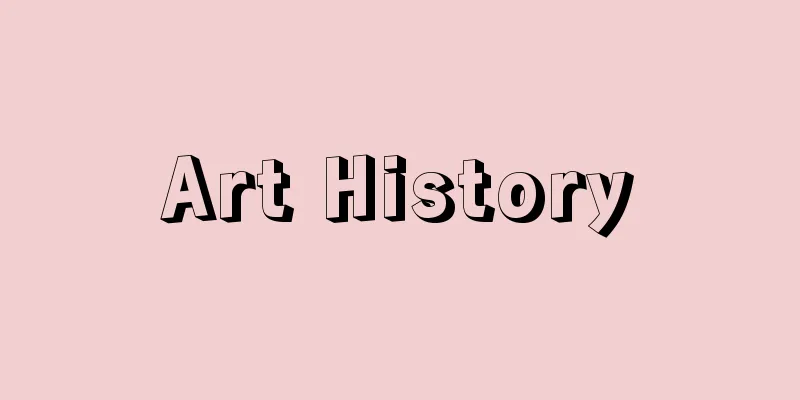Trigeminal neuralgia

|
What kind of disease is it? ●Main symptoms and progression Trigeminal neuralgia is a type of neuralgia. When a nerve is stimulated by some cause, intense pain is felt along the area controlled by that nerve. The trigeminal nerve is a nerve that transmits sensations from the face to the brain, and is divided into three branches: the ophthalmic nerve (first branch), the maxillary nerve (second branch), and the mandibular nerve (third branch). Trigeminal neuralgia is a disease in which extremely severe pain occurs in one of these nerves. The pain usually occurs on one side of the face, and is sometimes described as an electric shock or a burning, stabbing pain. The pain is suddenly triggered by brushing your teeth, washing your face, shaving, chewing, being exposed to cold wind, lightly touching your face, talking, etc. Although it lasts for a short period of time (a few to several tens of seconds), it occurs repeatedly and the characteristic symptom is a grimacing facial expression due to the intensity of the pain. The pain can be so severe that it can make you depressed or even unable to eat, causing you to fall ill. What is difficult for patients is that as the condition progresses, the pain gets stronger and the frequency of attacks increases. ● How the cause of the disease and symptoms occur There are idiopathic cases, where the cause is unclear, and symptomatic cases, where there is some underlying disease. Idiopathic cases are more common in the second and third branches, while symptomatic cases are more common in the first branch. One cause of symptomatic cases is when arteries or veins that have been deformed due to arteriosclerosis come into direct contact with the trigeminal nerve and put pressure on the nerve. Other possible causes include inflammation, trauma, the shingles virus, aftereffects of an infection, multiple sclerosis, and brain tumors. ●Characteristics of the disease It is generally said to be more common in the elderly, but tumors are often found in those under the age of 30. Symptoms tend to appear more often on days when the temperature suddenly drops, such as in early autumn or early spring, rather than in winter, and when it suddenly feels cold. EBM checks on common treatments and care [Treatment and care] Understand the possibility of long-term symptoms and try not to focus too much on the pain. [Evaluation] ☆☆ [Evaluation points] In some cases, not focusing on the pain can help relieve it. This is supported by expert opinion and experience. [Treatment and care] Differentiate between idiopathic and symptomatic cases (CT, MRI examination) [Rating] ☆☆☆ [Evaluation Points] CT and MRI examinations are useful for diagnosing brain tumors and multiple sclerosis. The importance of distinguishing between serious illnesses has been confirmed by reliable clinical studies. MRI can tell whether blood vessels are compressing the trigeminal nerve. (1) [Treatment and care] Antiepileptic drugs are used for idiopathic cases. [Rating] ☆☆☆☆☆ [Points to note] Several highly reliable clinical studies have confirmed that antiepileptic drugs can relieve trigeminal neuralgia. (2) [Treatment and care] If depression is observed, use antidepressants. [Evaluation] ☆☆ [Evaluation points] If pain attacks persist and depressive symptoms are observed, the use of antidepressants to suppress the symptoms is supported by expert opinion and experience. However, trigeminal neuralgia itself cannot be cured. [Treatment and care] Consider nerve block [Evaluation] ☆☆ [Evaluation points] Nerve blocks are a treatment in which an anesthetic is injected into the nerves that control pain, blocking the transmission of pain. Clinical studies have reported side effects such as facial swelling in patients with trigeminal neuralgia. For these reasons, it cannot be said that this is a treatment that is currently recommended for all patients. (3) [Treatment and care] Consider microvascular decompression [Rating] ☆☆☆ [Evaluation Points] Microvascular decompression is performed on patients whose symptoms do not improve with antiepileptic drugs, or for those who have difficulty taking the drugs due to side effects. This is a surgical procedure to remove the pressure on the nerves from the blood vessels in the brain that are causing trigeminal neuralgia. Several clinical studies have reported that symptoms have improved after the surgery, and there are few complications, so its effectiveness has been confirmed. (4)(5) [Treatment and care] Consider gamma knife treatment [Rating] ☆☆☆ [Evaluation Points] Gamma knife therapy is considered to be an option for patients whose symptoms do not improve with antiepileptic drugs, patients who have difficulty taking them due to side effects, and patients who are at risk for surgery under general anesthesia. (6) Checking commonly used drugs with EBM Taking antiepileptic drugs [Drug name] Tegretol (carbamazepine) (2) [Rating] ☆☆☆☆☆ [Evaluation points] Several highly reliable research reports have confirmed the effectiveness of antiepileptic drugs for trigeminal neuralgia. Used in combination with vitamins to help carbamazepine work. [Name of drug] Mixed B vitamins [Rating] ☆☆ [Drug name] Vitamin B12 [Rating] ☆☆ [Evaluation points] All of these medications are supported by expert opinion and experience. If depression is observed, use antidepressants. [Drug name] Tofranil/Imidor (imipramine hydrochloride) [Rating] ☆☆ [Evaluation points] If the symptoms of depression are severe, antidepressants may be used to improve the condition. Add an antiepileptic drug [Drug name] Aleviatin/phenytoin/hydanthol (phenytoin) (7) [Rating] ☆☆☆☆ [Evaluation points] Clinical studies have shown that phenytoin is effective when used alone. It is not known whether its effectiveness increases when used in combination with carbamazepine. [Drug name] Rivotril/Landsene (Clonazepam) (8) [Rating] ☆☆☆ [Evaluation points] Clinical studies have shown that it is effective in reducing severe pain. However, it is not known whether the effect increases when combined with carbamazepine. Overall, the most reliable treatment method currently available <br /> Distinguishing between idiopathic and underlying causes First, it is necessary to distinguish whether there is a cause for the trigeminal neuralgia, in other words, whether it is idiopathic, or whether it is symptomatic, which has another underlying disease. For this purpose, a CT scan or MRI scan is required. In idiopathic cases, antiepileptic drugs are used for drug therapy. Tegretol (carbamazepine) is particularly commonly used. This drug is used not only to treat epilepsy, but also mania, the manic states of manic-depressive illness, and the excited states of schizophrenia. Tegretol (carbamazepine) has been well studied and has very good clinical research showing that it is effective. Surgery for cases where blood vessels are compressing nerves Surgical treatment is considered for patients in whom antiepileptic drugs are ineffective or for whom antiepileptic drugs cannot be used due to side effects. As for surgical treatment, the effectiveness of microvascular decompression has been proven by several clinical studies. Most cases of trigeminal neuralgia are caused by blood vessels compressing the nerve. Microvascular decompression separates the compressing blood vessels from the nerve and inserts a cushion into the gap between the blood vessels and the nerve to prevent pressure from being applied again. Because it is a surgery performed under a microscope, the burden on the patient is relatively light, but it requires the surgeon to be highly skilled. It should be selected after thorough discussion with a specialist. (1)Gronseth G, Cruccu G, Alksne J, Argoff C, Brainin M, Burchiel K, Nurmikko T,Zakrzewska JM. Practice parameter: the diagnostic evaluation and treatment of trigeminal neuralgia (an evidence-based review): report of the Quality Standards Subcommittee of the American Academy of Neurology and the European Federation of Neurological Societies. Neurology. 2008 Oct 7;71(15):1183-1190. Source: "EBM: A book that explains correct treatment" Information about the book "EBM: A book that explains correct treatment" |
|
どんな病気でしょうか? ●おもな症状と経過 三叉神経痛(さんさしんけいつう)は神経痛の一つです。なんらかの原因によって神経が刺激され、その神経が支配している部分にそって激しい痛みを感じるのが神経痛です。 三叉神経は顔面の感覚を脳に伝える神経で、眼神経(がんしんけい)(第1枝)、上顎神経(じょうがくしんけい)(第2枝)、下顎神経(かがくしんけい)(第3枝)の3本の枝に分かれています。三叉神経痛はこのうちのどれかの神経に非常に激しい痛みが生じる病気です。痛みは、通常、顔面の片側におこり、電気が走るような衝撃、焼け火箸(ひばし)が突き刺さるような痛みと表現されることもあります。 歯みがき、洗面、ひげそり、ものをかむ、冷たい風に吹かれる、軽く顔に触れる、話すことなどによって突然痛みが誘発されます。数秒から数十秒と持続時間は短いのですが、くり返しおこり、痛みの激しさのために顔をしかめるような表情が特徴的な症状となります。 あまりにも激しい痛みのためにうつ状態になったり、食事ができなくなったりして体調を崩すこともあります。患者さんにとってつらいのは、症状が進むにつれて、痛みが強くなり、さらに痛みがおこる回数も増えてくることです。 ●病気の原因や症状がおこってくるしくみ 原因が明確でない特発性と、なんらかの原因疾患のある症候性とに分かれます。特発性のものは第2枝、第3枝に多く、症候性は第1枝に多くみられます。症候性の原因としては、動脈硬化(どうみゃくこうか)などで形が変形した動脈や静脈が三叉神経に直接触れ、神経を圧迫することがあげられます。 そのほか、炎症や外傷、帯状疱疹(たいじょうほうしん)ウイルス、感染後の後遺症、多発性硬化症(たはつせいこうかしょう)、脳腫瘍(のうしゅよう)などが原因と考えられます。 ●病気の特徴 一般的にお年寄りに多いとされていますが、30歳未満に発症する場合は腫瘍が見つかることが多くあります。症状が現れるのは、冬よりは秋口、春先など急に気温が低下し、突然寒さを感じるような日に多くなっています。 よく行われている治療とケアをEBMでチェック [治療とケア]長期にわたる可能性を理解し、痛みにあまり意識を集中しないようにする [評価]☆☆ [評価のポイント] 痛みに関して意識を集中しないでおくことで、痛みが軽減する場合もあります。専門家の意見や経験から支持されています。 [治療とケア]特発性と症候性とを鑑別する(CT、MRI検査) [評価]☆☆☆ [評価のポイント] CT、MRI検査は、脳腫瘍、多発性硬化症の診断に有用です。深刻な病気との鑑別を行う重要性は信頼性の高い臨床研究によって確認されています。MRIによって血管が三叉神経を圧迫しているかどうか知ることができます。(1) [治療とケア]特発性のものに対しては抗てんかん薬を用いる [評価]☆☆☆☆☆ [評価のポイント] いくつかの非常に信頼性の高い臨床研究によって、抗てんかん薬が三叉神経痛を軽減することが確認されています。(2) [治療とケア]うつ傾向がみられる場合は抗うつ薬を用いる [評価]☆☆ [評価のポイント] 痛みの発作が長引き、うつ傾向を認めた場合は、その症状を抑えるために抗うつ薬を用いることが専門家の意見や経験から支持されています。ただし、三叉神経痛そのものを治すことはできません。 [治療とケア]神経ブロックを検討する [評価]☆☆ [評価のポイント] 神経ブロックとは、痛みを支配している神経に麻酔薬を注入し、痛みの伝達を遮断する治療法です。三叉神経痛に対して顔のむくみなどの副作用が臨床研究で報告されています。これらのことから、現在のところ、すべての患者さんに勧められる治療とはいえません。(3) [治療とケア]微小血管減圧術(びしょうけっかんげんあつじゅつ)を検討する [評価]☆☆☆ [評価のポイント] 抗てんかん薬によって症状の改善を認めない患者さん、また副作用などで服用が困難な患者さんには微小血管減圧術が行われています。これは、三叉神経痛の原因となっている脳の血管の神経への圧迫を手術によって取り除くというものです。手術後に症状が改善したとの臨床研究がいくつか報告されており、合併症も少なく、効果が確認されています。(4)(5) [治療とケア]ガンマナイフによる治療を検討する [評価]☆☆☆ [評価のポイント] 抗てんかん薬によって症状の改善を認めない患者さん、また副作用などで服用が困難な患者さん、全身麻酔下での手術にリスクのある患者さんには、ガンマナイフ治療が選択肢の一つと考えられています。(6) よく使われている薬をEBMでチェック 抗てんかん薬を服用する [薬名]テグレトール(カルバマゼピン)(2) [評価]☆☆☆☆☆ [評価のポイント] いくつかの非常に信頼性の高い研究報告によって、三叉神経痛に対する抗てんかん薬の効果が確認されています。 カルバマゼピンの働きを助けるためにビタミン薬を併用する [薬名]混合ビタミンB群 [評価]☆☆ [薬名]ビタミンB12 [評価]☆☆ [評価のポイント] いずれの薬も、専門家の意見や経験から支持されている薬剤です。 うつ傾向がみられる場合には抗うつ薬を用いる [薬名]トフラニール/イミドール(イミプラミン塩酸塩) [評価]☆☆ [評価のポイント] うつ症状が強い場合は、その改善のために抗うつ薬を用いる場合もあります。 さらに抗てんかん薬を追加する [薬名]アレビアチン/フェニトイン/ヒダントール(フェニトイン)(7) [評価]☆☆☆☆ [評価のポイント] フェニトインを単独で使用する場合は有効であるとの臨床研究があります。また、カルバマゼピンとの併用で効果が増加するかどうかはわかっていません。 [薬名]リボトリール/ランドセン(クロナゼパム)(8) [評価]☆☆☆ [評価のポイント] 激しい痛みの軽減に効果があるという臨床研究があります。しかし、カルバマゼピンとの併用によって効果が増加するかはわかっていません。 総合的に見て現在もっとも確かな治療法 特発性か原因があるものかの区別を 最初に、三叉神経痛がおきる原因があるかどうか、つまり特発性と、ほかに原因となる病気がある症候性との区別を確実に行います。そのためにCT検査やMRI検査が必要となります。 特発性の場合は抗てんかん薬による薬物療法を行います。とくに、テグレトール(カルバマゼピン)がよく用いられています。 この薬はてんかんばかりでなく、躁病、躁うつ病の躁状態、統合失調症の興奮状態に対して使用する薬です。 テグレトール(カルバマゼピン)についてはよく研究されていて、効果があることを示す非常に信頼性の高い臨床研究の報告があります。 血管が神経を圧迫しているものには手術を 抗てんかん薬で効果の現れない患者さんや副作用によって抗てんかん薬を用いることのできない患者さんでは外科的な治療が検討されます。 外科的な治療としては微小血管減圧術の効果がいくつかの臨床研究によって証明されています。三叉神経痛の多くは血管が神経を圧迫するために生じています。微小血管減圧術はその圧迫している血管を神経から引き離し、血管と神経の間にできたすき間にクッションとなるものを入れこみ、再び圧力が加わらないようにするものです。 顕微鏡下で行う手術なので、比較的患者さんの負担は軽いと考えられますが、手術を行う医師の熟練が要求されます。十分に専門医と検討したうえで選択すべきでしょう。 (1)Gronseth G, Cruccu G, Alksne J, Argoff C, Brainin M, Burchiel K, Nurmikko T,Zakrzewska JM. Practice parameter: the diagnostic evaluation and treatment of trigeminal neuralgia (an evidence-based review): report of the Quality Standards Subcommittee of the American Academy of Neurology and the European Federation of Neurological Societies. Neurology. 2008 Oct 7;71(15):1183-1190. 出典 法研「EBM 正しい治療がわかる本」EBM 正しい治療がわかる本について 情報 |
>>: Trigeminal nerve - Sansashinkei (English spelling)
Recommend
Gasmulos
A Greek term for mixed-race children born to local...
Bar Ṣaumā
A leader of the Nestorian Church from about 420 to...
Curry, JS (English spelling) CurryJS
...After that, a generation that had assimilated ...
Silver Beard Long-tailed Guinea Finch
…The larvae make small cases by binding pieces of...
Daphnia biwaensis (English spelling) Daphniabiwaensis
…The dinoflagellate Ceratium hirundinella is dist...
Olivier
…The new theatre designed by D. Razdan was partia...
Dance of Order - Zun no Mai
The dance in which the people in the room take tur...
Mesozoa - Mesozoic animals
This was the name once given to the Diplomorpha, ...
Suketsune Kudo
Year of death: 1193 Year of birth: Unknown. Samura...
Lesson plan - lesson plan
Conflict between Christians and non-Christians in ...
Goncharova, Nataliya Sergeevna
Born: June 4, 1881 in Tula [Died] October 17, 1962...
Mizubee (water bee) - Mizubee (English spelling) Agriotypus gracilis
An insect of the Hymenoptera family, Ichneumonidae...
Hufnagel, CA (English spelling) HufnagelCA
…The heart has four valves (tricuspid, pulmonary,...
Chinese cuisine - Chinese cuisine
China is a large country with thousands of years ...
Ink Eraser
Used to erase ink writing. There are two types: f...
